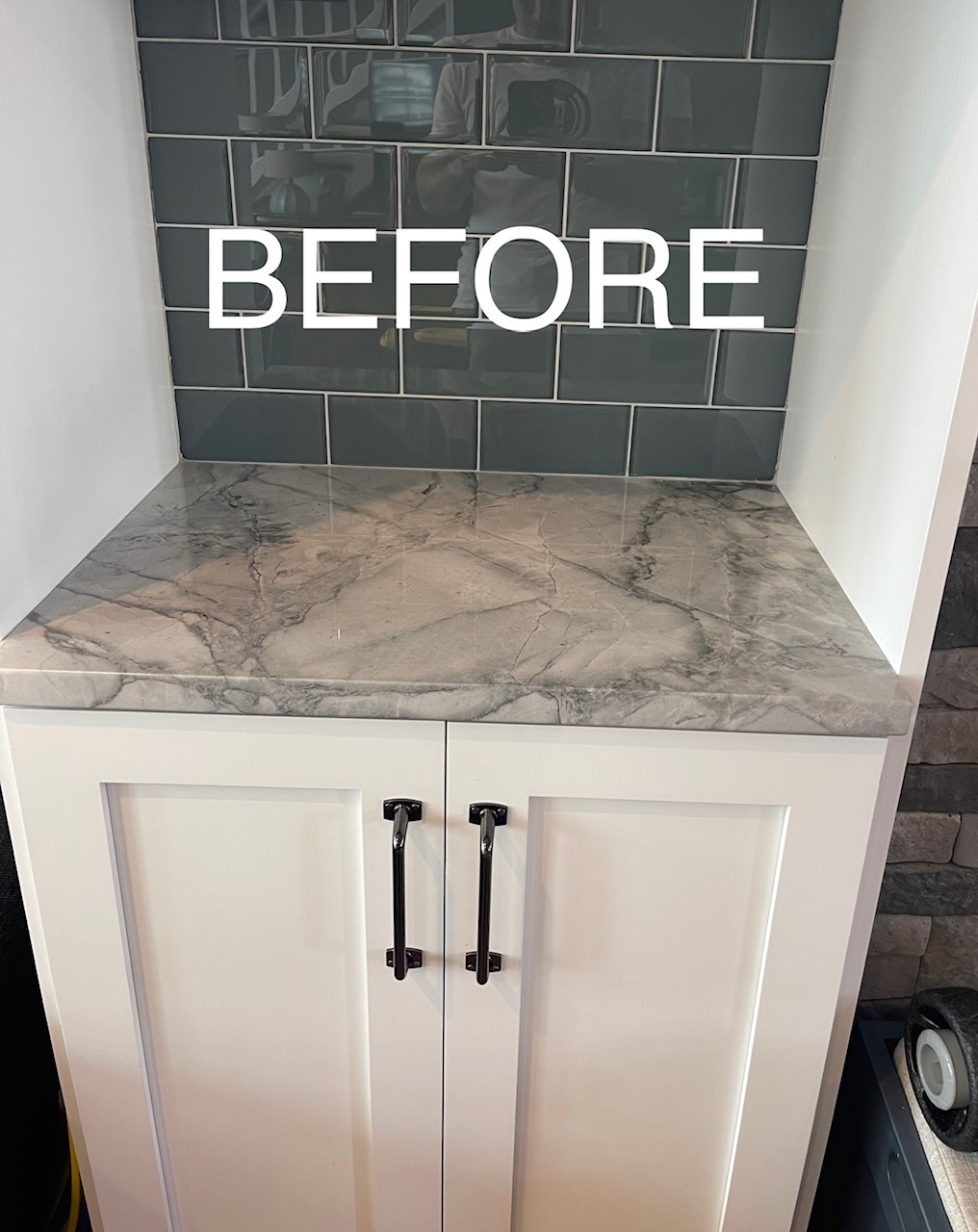In the context of elevating the charm and lifespan of your residence , not many upgrades can compare to the remarkable power of stone renewal. Whether you have stunning marble installations or rugged granite trails, the correct restoration techniques can revitalize your stone features, turning them from dull and worn to bright and lively . In this article , we will examine key tips and insights that will help you comprehend the procedure of stone renewal, recognize when it’s time to restore your surfaces , and guarantee a favorable finish.
Just as with any endeavor, adequate organization and expertise are key to avoiding frequent issues. From understanding the optimal resources for restoring vintage residences to recognizing the common blunders during the renovation process , we will provide you with the tools necessary for a effective overhaul. Come with us as we dive into the realm of stone rejuvenation, disclosing the keys to maintaining the beauty and quality of your stone surfaces while protecting their historical significance and aesthetic appeal .
Typical Errors in Rock Restoration
One of the top frequent mistakes in stone restoration is the utilization of incorrect cleaning products. A lot of homeowners may opt for strong chemicals or corrosive cleaners that can damage the stone's surface or result in fading over time. It is crucial to choose products specifically designed for the type of rock you are dealing with, ensuring that they are pH balanced and safe for the material. Always perform a sample trial in an discreet area before applying any cleansers to the entire area.
One more common error is failing to to evaluate the state of the stone before starting the restoration process. Skipping this vital step can cause ignoring necessary repairs, such as breaks or nicks, which could deteriorate during cleaning or polishing. stone restoration sydney should involve identifying kinds of stone, the level of deterioration, and any previous treatments that may influence the restoration process. A thorough check will offer a better picture and allow for a more targeted restoration plan.
In conclusion, a lot of people underestimate the significance of sealing their recently restored stone surfaces. Failing to apply a proper sealant can leave the stone vulnerable to blemishes, moisture, and subsequent damage. After the restoration process is done, it is essential to choose a high-quality sealant suited for the exact stone kind and environment. Regular maintenance of the sealant is also vital to ensure the life span and aesthetic appeal of your stone surfaces, avoiding common problems that can occur from neglect.
Top Methods to Maintain Your Stone Surfaces
To keep your stone surfaces appearing their best, consistent cleaning is critical. Use a mild pH-balanced cleaner formulated particularly for natural stone. Steer clear of harsh or abrasive cleaners, as they can lead to etching or degradation to the surface. When cleaning, use a gentle cloth or a microfiber mop to avoid scratches. Sweep or dust regularly to remove dirt and debris that can dull the finish.
Protecting your stone surfaces is crucial for protection. Contingent upon the type of stone and its usage, resealing should be done every half a year to two years. A top-notch stone sealer creates a barrier against spills and stains, ensuring that liquids do not penetrate and damage the stone. Follow the manufacturer’s instructions for usage and drying times to obtain the best results.
Finally, be cognizant of temperature and humidity levels in the surroundings where your stone is situated. Extreme fluctuations can cause cracks and other damage. Using a dehumidifier in humid areas and avoiding placing hot items straight on the surface can help maintain the integrity of your stone. Taking these precautions will prolong the life of your stone surfaces and ensure they stay them dazzling for years to come.
DIY vs. Expert Granite Refurbishment
When it comes to rock restoration, residential owners often face the decision between taking the DIY approach or hiring a qualified. Do-It-Yourself restoration can be an enticing option for those looking to conserve money and take on a satisfying project. With the suitable tools, resources, and guidance, you can achieve acceptable results in cleaning, polishing, or sealing your stone surfaces. However, it’s crucial to recognize that not all stone types respond well to do-it-yourself methods. Improper methods or unsuitable products can lead to further harm, resulting in costly repairs down the track.
On the flip hand, qualified stone restoration ensures that the work is done accurately and competently. Professionals in this field have the expertise and specific equipment to tackle difficult restoration tasks that may be beyond the skills of an average property owner. They know the nuances of different stone materials and use methods tailored to each type, thereby preserving the quality and aesthetic of your surfaces. This qualified guarantee can provide peace of mind, especially if your rock is valuable or antique.

While DIY can be tempting, it's important to consider the potential risks against the benefits of professional services. Consider your ability level, the intricacy of the project, and the quality of your stone surfaces before making a choice. In some situations, a hybrid approach can be efficient—carrying out less complicated cleaning tasks yourself while leaving more challenging restoration work to the experts. Ultimately, choosing the right path will depend on your particular circumstances and refurbishment goals.
